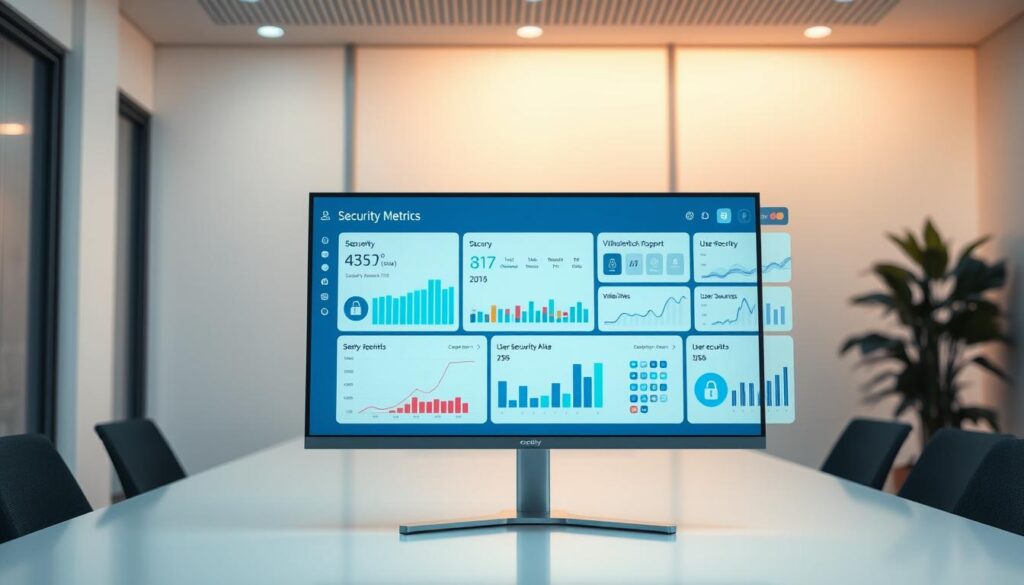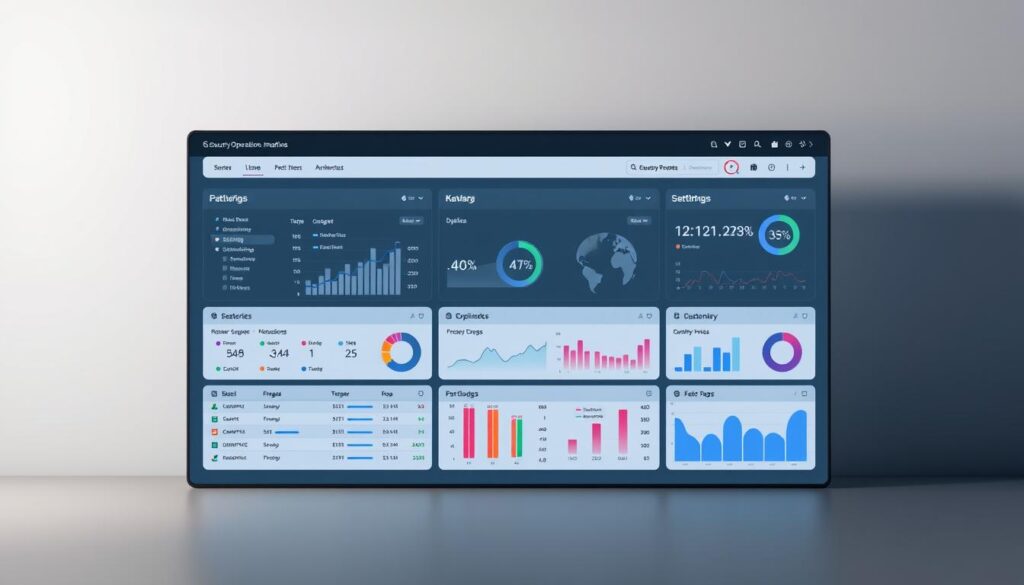
Digital & Creative
Everything you need for a powerful online presence. Explore our comprehensive suite of services, including stunning website design, robust development, reliable hosting, and ongoing maintenance to keep your site running smoothly.
Web Design
Lets take care of your website designs from planning to hosting to designing and hosting
Branding
We take pride in creating a unique digital representations of what your business stands for….
Learn more

IT Services
Navigating IT security and compliance can be tough. Our specialized services simplify these critical areas for SMEs and startups. From tailored cybersecurity to fast-track compliance and automated protection, we help you focus on your business with peace of mind.
Cybersecurity For SMEs
Small Business, Big Security: Get tailored cybersecurity solutions designed to protect your growing SME from evolving threats.
Compliance Fast-Track for Startups
Launch Faster, Comply Easier, streamlined compliance solutions designed specifically for startups.
Automated Cybersecurity
Smart Security, Hands-Off Protection: Automate your defenses against evolving cyber threats.



